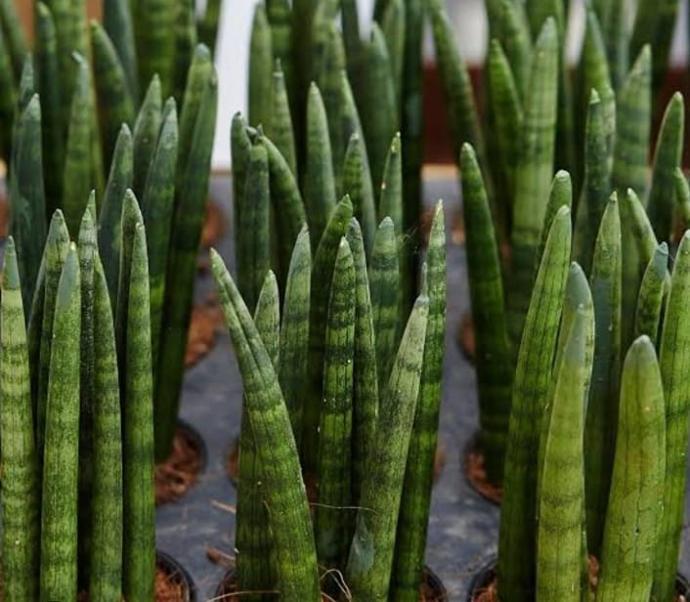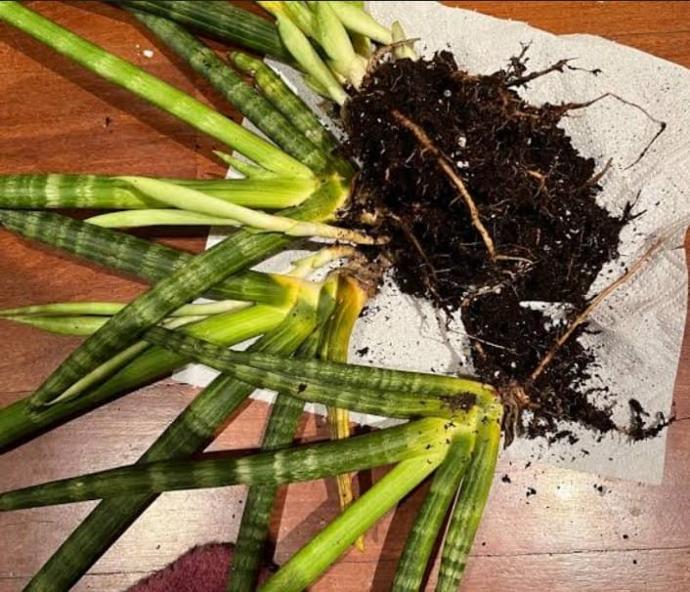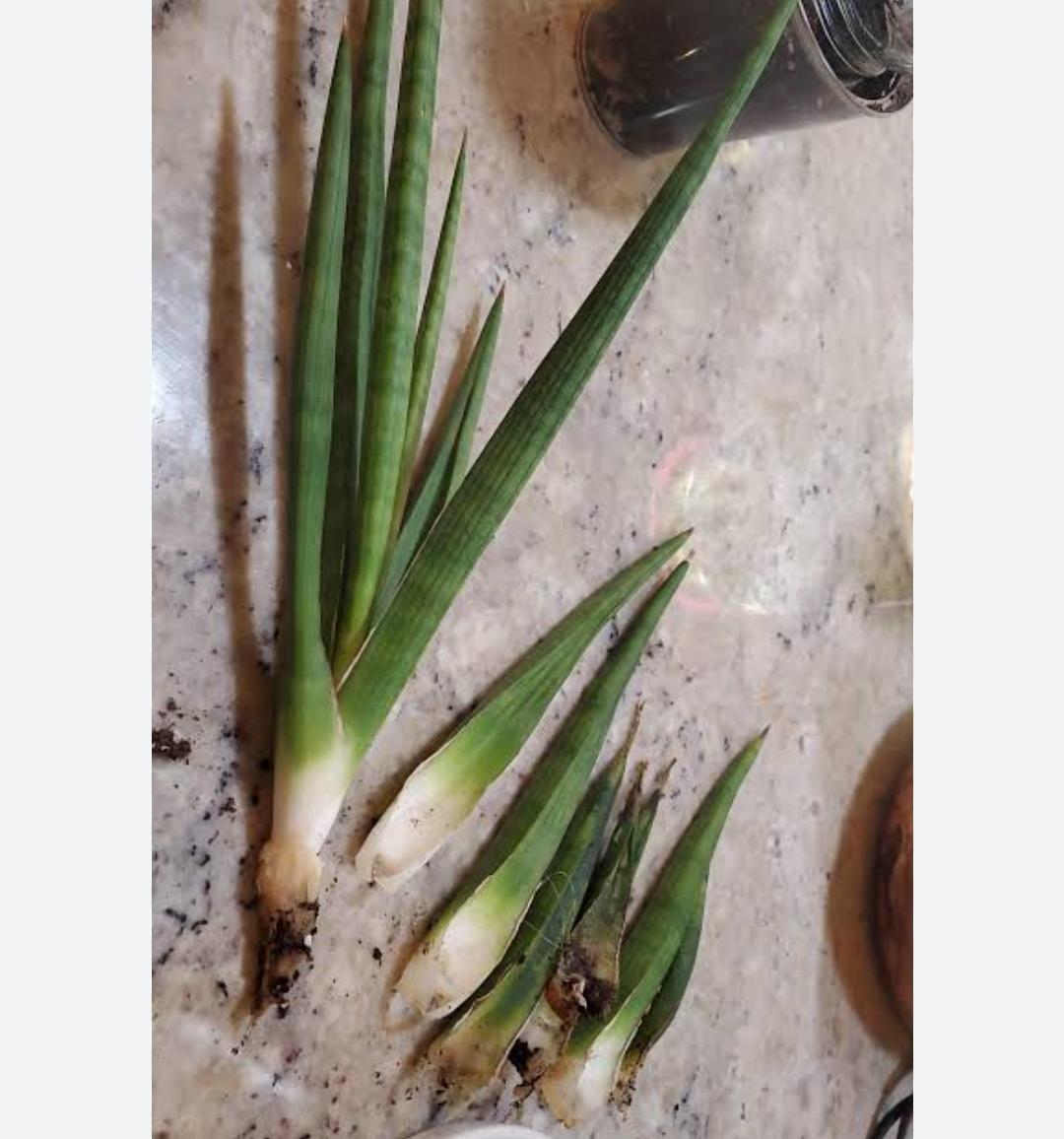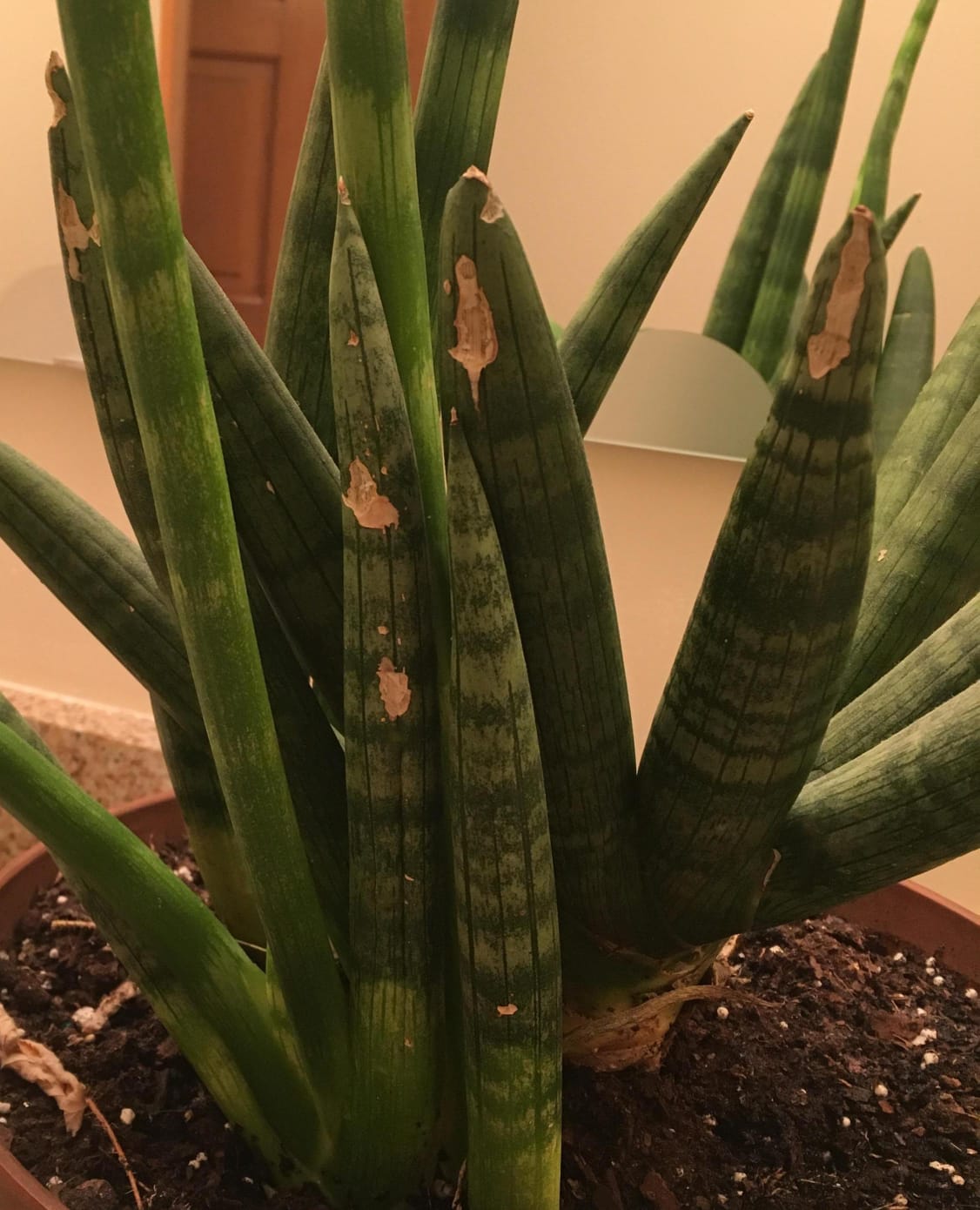Cylindrical Snake Plant
CYLINDRICAL SNAKE PLANT, a specific variety of Sansevieria, is a low-maintenance indoor plant. Plant in well-draining soil and provide bright, indirect light. Allow the soil to dry between waterings. Pruning is not necessary for this hardy and resilient plant.
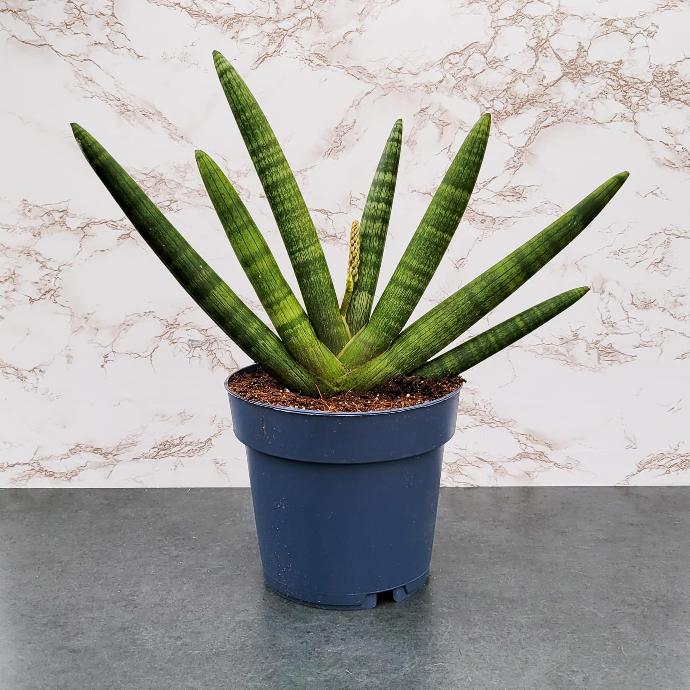
Habit
Succulent
Height
30 to 60 cm
Growth
Slow
Soil
Well-drained, sandy soil
Shade
Indirect light to shade
Moisture
Moist
Edible
No
Medicinal
Yes
Origin
Africa
Climatic Condition
Warm, dry
Temperature (°)
20 to 35
Humidity (%)
40 to 60
Potting media
Succulent mix
Fertilizers
Minimal fertilizer
Watering
Low watering, drought-tolerant
Plant Weight
200 to 400 g
Flowering Time
Rarely flowers
Soil Ph level
6.0 to 7.5
Water Ph level
6.0 to 7.5
Soil EC
0.2 to 0.8
Yield Per Plant
169.46 grams
NPK ratio
10:10:10
life Span
5 to 10 years
Health Benefits
Air-purifying, releases oxygen at night, medicinal uses.
Suggested Grow Media or Potting Mix ?
40% cactus mix, 30% perlite, 30% sand
Suggested Fertigation/Fertilizers
Fertilize every 4-6 weeks with a balanced, low-nitrogen fertilizer.
Common Diseases and Remedies
Root rot , Leaf spot , Leaf rot .
Roots appears to be swollen and decay or with excess watery .
Pruning and use neem oil . spray baking soda .
HEALTH BENEFITS
- Air Purification: Removes toxins like benzene and formaldehyde from indoor air.
- Boosts Oxygen Levels: Releases oxygen even at night, improving air quality.
- Low Maintenance: Helps reduce stress through plant care.
What Is An cylindrical snake Tree?
The cylindrical snake plant, also known as the African spear plant, is a succulent ornamental plant native to tropical West Africa. The long, thin, pointed leaves grow upwards and are gray-green with subtle stripes. This plant is known for its unique cylindrical shape and ability to grow under a variety of conditions.
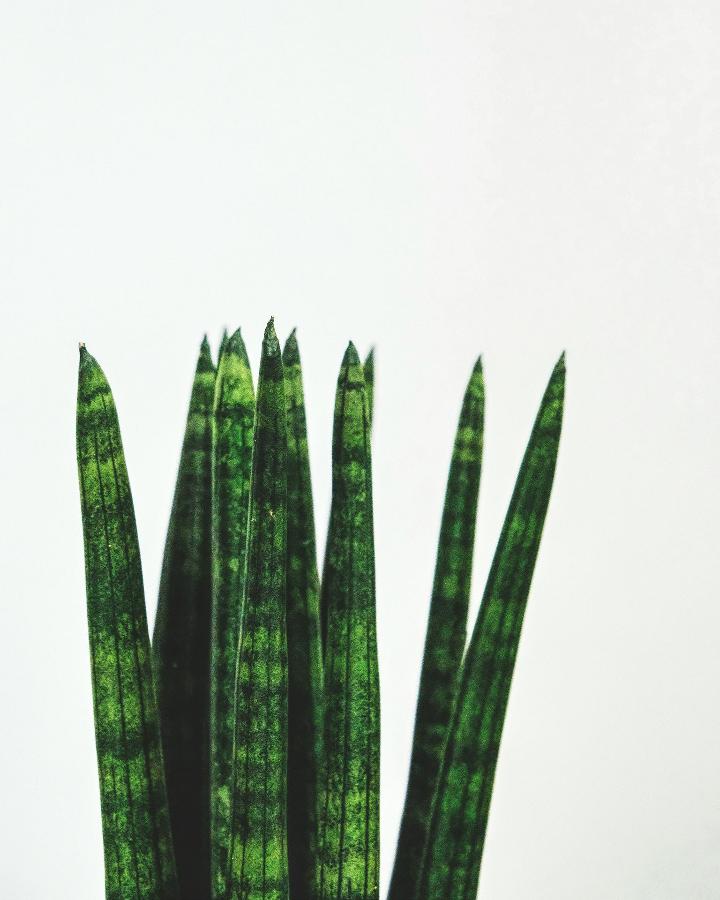
What Are The Different Types cylindrical snake Of Plants?
1. Sansevieria Moonshine
This plant has bright silver-green leaves without the typical marbled appearance often found in snake plants.
2. Swallow's Nest Snake Plant
This compact variety of snake plant has dark glossy leaves that form an elegant rosette.
3. Sansevieria Black Coral
This unique type of snake plant has upright, succulent, sword-shaped leaves covered with wavy horizontal stripes of light gray-green.
4. Sansevieria Black Coral
This unique type of snake plant has upright, succulent, sword-shaped leaves covered with wavy horizontal stripes of light gray-green.
5. Sansevieria Twister
This plant has sharp knife-like leaf ends.
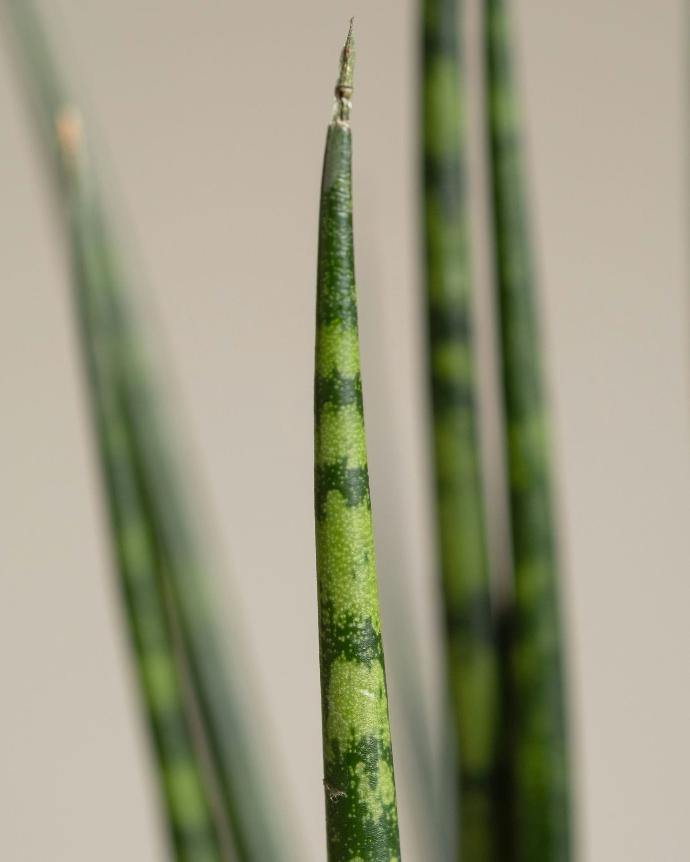
How to care for snake Plants ?
1. Location
Poor lighting conditions. The cylindrical snake plant will grow in the lowest light conditions indoors and will only grow under fluorescent light.
2. Sunlight
Place the plant in a bright room with direct sunlight. Leaves may burn if exposed to direct sunlight.
3. Hydration
: Water the plant along the edges of the pot, avoiding the center stem. Water when the soil is dry, then drain completely.
4. soil
Requires a well-drained soil mix that does not retain too much water. The soil should be slightly acidic, with a pH between 5.5 and 7.5.
5. Nutrition
It is best to use a soil mix containing peat moss, perlite and vermiculite. You can also enrich the soil with nutrients by adding organic compost.
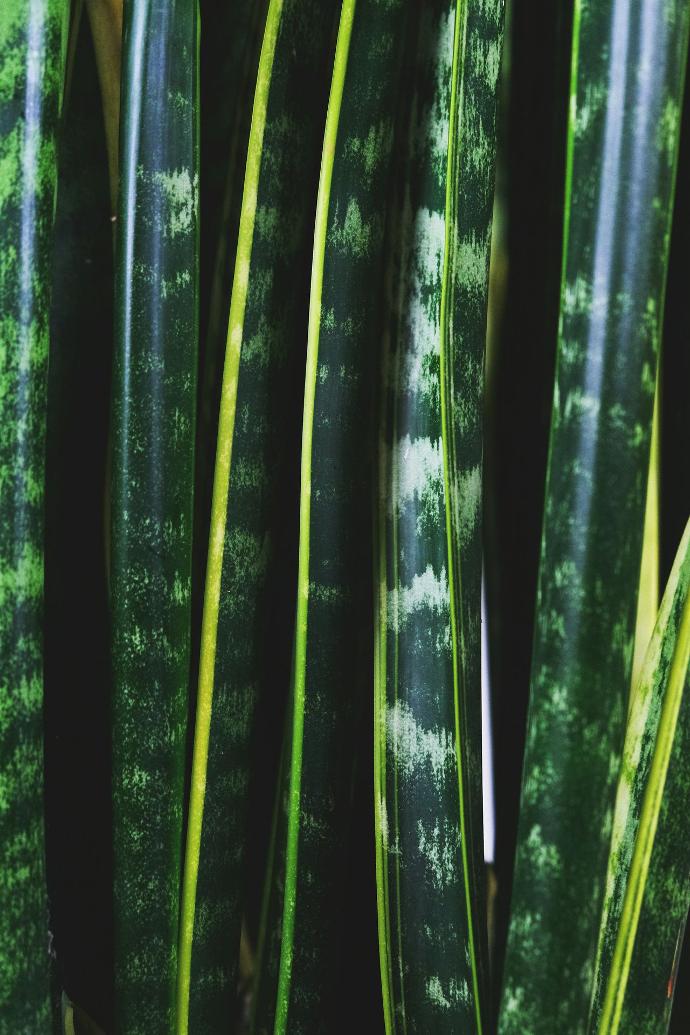
6.Issues
Overwatering can cause root rot, leaf wilting, and plant death. Pests: Mealybugs and spider mites can plague snake plants. Poor drainage: Wet soil can also cause problems for cylindrical snake plants.
What are the Benefits of Snake Plants ?
Air purification: Snake plants can remove toxins from the air such as formaldehyde, benzene, xylene, and toluene. Low Maintenance: Snake plants thrive in low light, infrequent watering, and a variety of lighting conditions. Oxygen Production: Snake plants produce oxygen at night by converting carbon dioxide into breathable air.
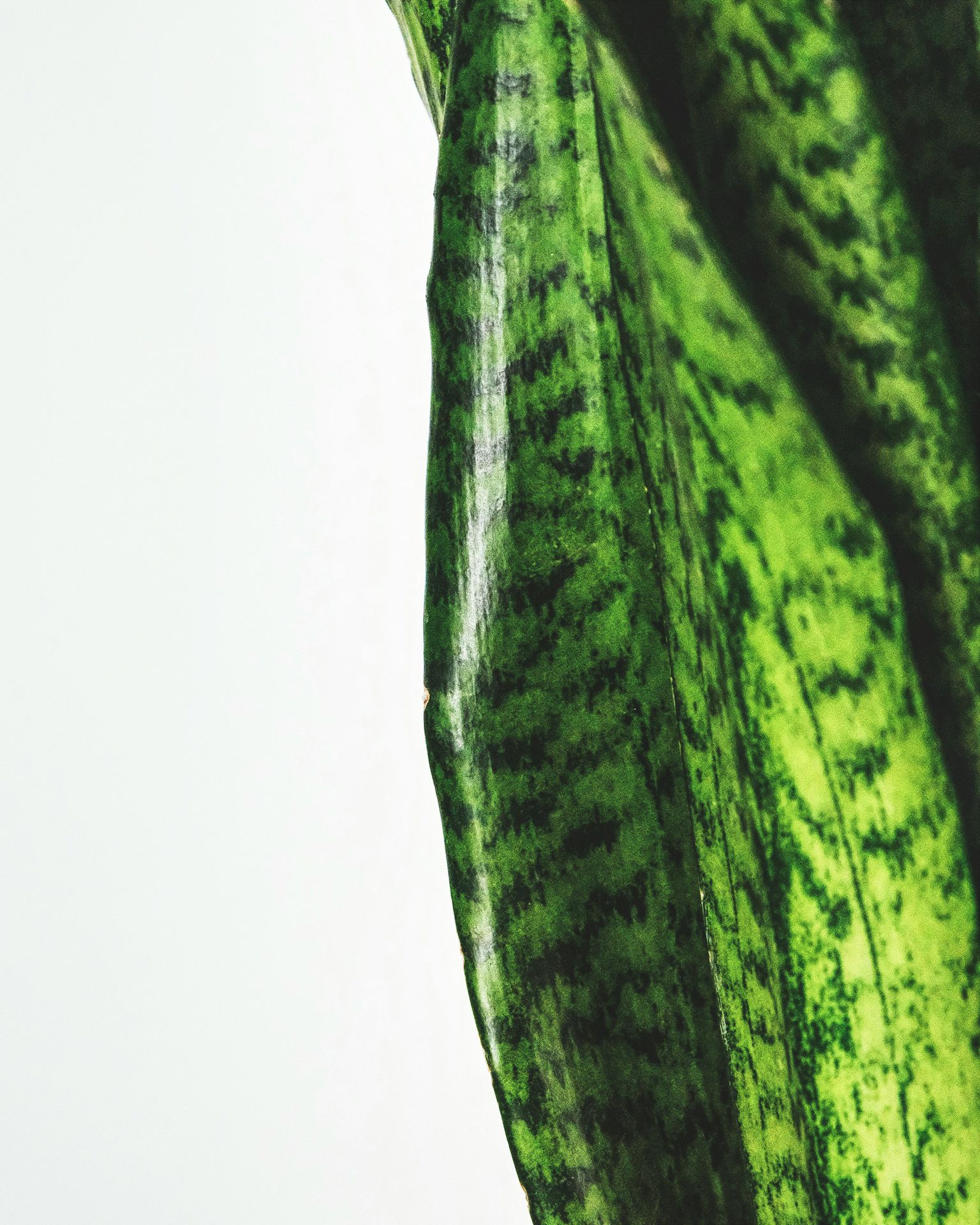
FAQs About Growing Snake plants
1.How often do you water a cylindrical snake plant?
During the spring and summer months, keep my soil lightly moist, but not wet (probably once a fortnight)
2.How do you save a cylindrical snake plant?
Water only once the soil has gone dry and move your plant to brighter light.
3.What kind of soil do cylindrical snake plants like?
Use potting soil that is peat free and free draining to plant Snake Plant.
4.Do cylindrical snake plants flower?
Flowers indicate health and maturity in Cylindrical Snake Plants. Optimal conditions and care boost chances of blooming.
5.What does the cylindrical snake plant symbolize?
Cultural narratives often highlight the Cylindrical Snake Plant's ability to prosper with minimal resources, making it a symbol of self-sufficiency.
